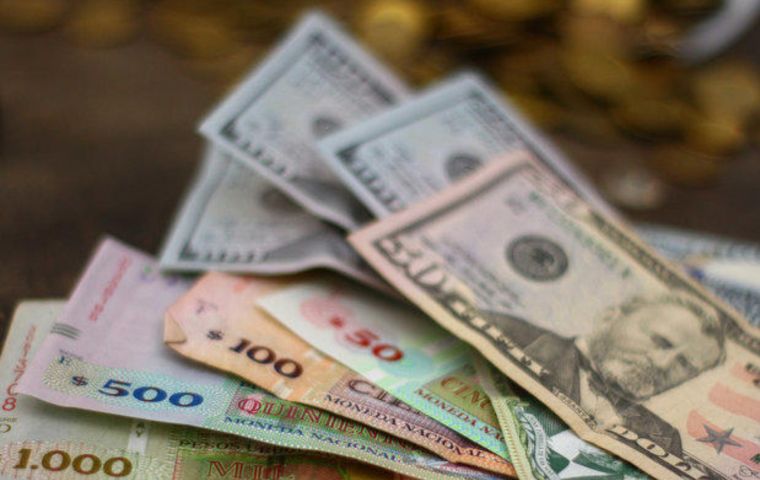MercoPress. South Atlantic News Agency
Uruguayan rural producers affected by stronger local currency
 “Supply and demand determine what the dollar is worth,” Central Bank President Labat has said
“Supply and demand determine what the dollar is worth,” Central Bank President Labat has said Uruguay's rural producers underlined that the constant appreciation of the local peso against the US dollar was detrimental to their exporting activities and insisted that the appropriate exchange rate should be US$ 1 = UY$ 58 instead of UY$ 37.5, which represents a 3.9% drop so far this year.
In a thread on X, the Rural Federation of Uruguay criticized the “eternal return of the exchange rate backwardness”. The farmers shared a graph showing the evolution of the US currency against the dollar, in which it can be seen that during the Covid-19 pandemic the currency traded at more than 43 Uruguayan pesos and then, with the beginning of the contractionary phase of the Central Bank of Uruguay (BCU), the trend went downward.
The Rural Federation -together with the Rural Association, one of the largest agricultural unions- argued that the UY$ 58 quotation stemmed from the value at the beginning of the pandemic adjusted per the country's inflation.
“Higher production is necessary to cover taxes and operating expenses in pesos in a sector that was already strained from the biggest drought in 70 years, which cost US$ 1.883 billion, 3% of the national GDP,” they stressed.
The Port of Montevideo increased its tariffs in dollars for exports by 13% in August, which was absorbed by the productive chain, they also explained while adding that the exchange rate applied to transactions with China between 2010 and 2023 was 18% below average and 23% below the historical average. “The loss of competitiveness is total,” they claimed.
In this scenario, Uruguay's agriculture producers increased their indebtedness by 48% between January 2022 and January 2024, from US$ 2.5 billion to US$ 3.564 billion.
Agriculture went from being the State's cash source before the pandemic to becoming the sector that stood on its feet generating income. In 2024, an election year, “we find ourselves once again transferring resources to maintain a level of consumption that does not stop growing,” the producers noted.
Uruguay Central Bank President Diego Labat argued that the price of the US dollar was determined by the market. “In Uruguay, the exchange rate floats. Where is this concept of exchange rate backwardation used? In countries that have a fixed exchange rate. Example: Argentina; one says that the exchange rate that is administratively fixed can be backward or forward. Uruguay has not had a fixed exchange rate since 2002. Here it floats, so supply and demand determine what the dollar is worth,” he told La Diaria weeks ago.
“What we must be clear about is that the real exchange rate, which is the one that matters for competitiveness purposes, will not be improved by default,” he added.




Top Comments
Disclaimer & comment rulesCommenting for this story is now closed.
If you have a Facebook account, become a fan and comment on our Facebook Page!